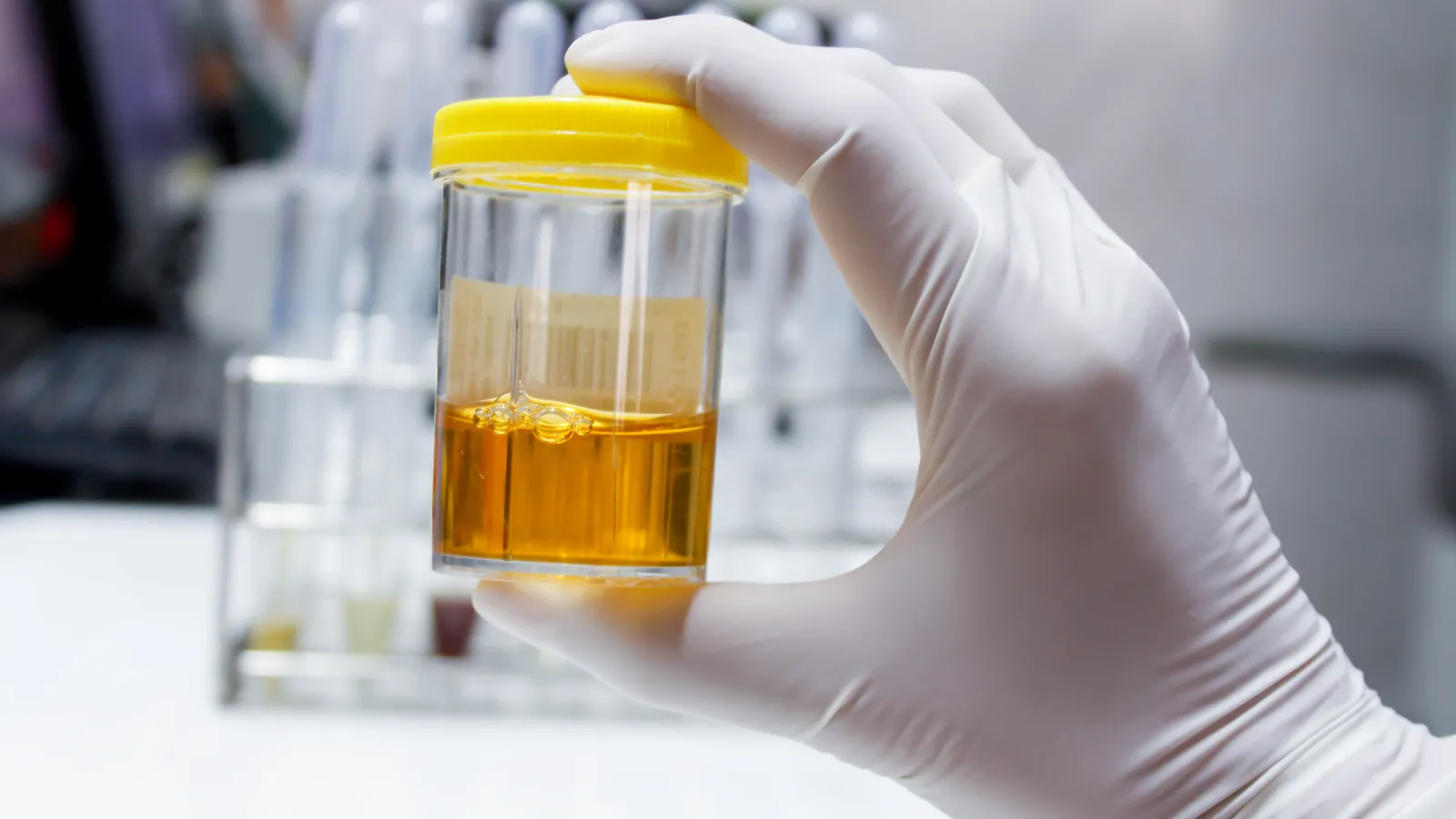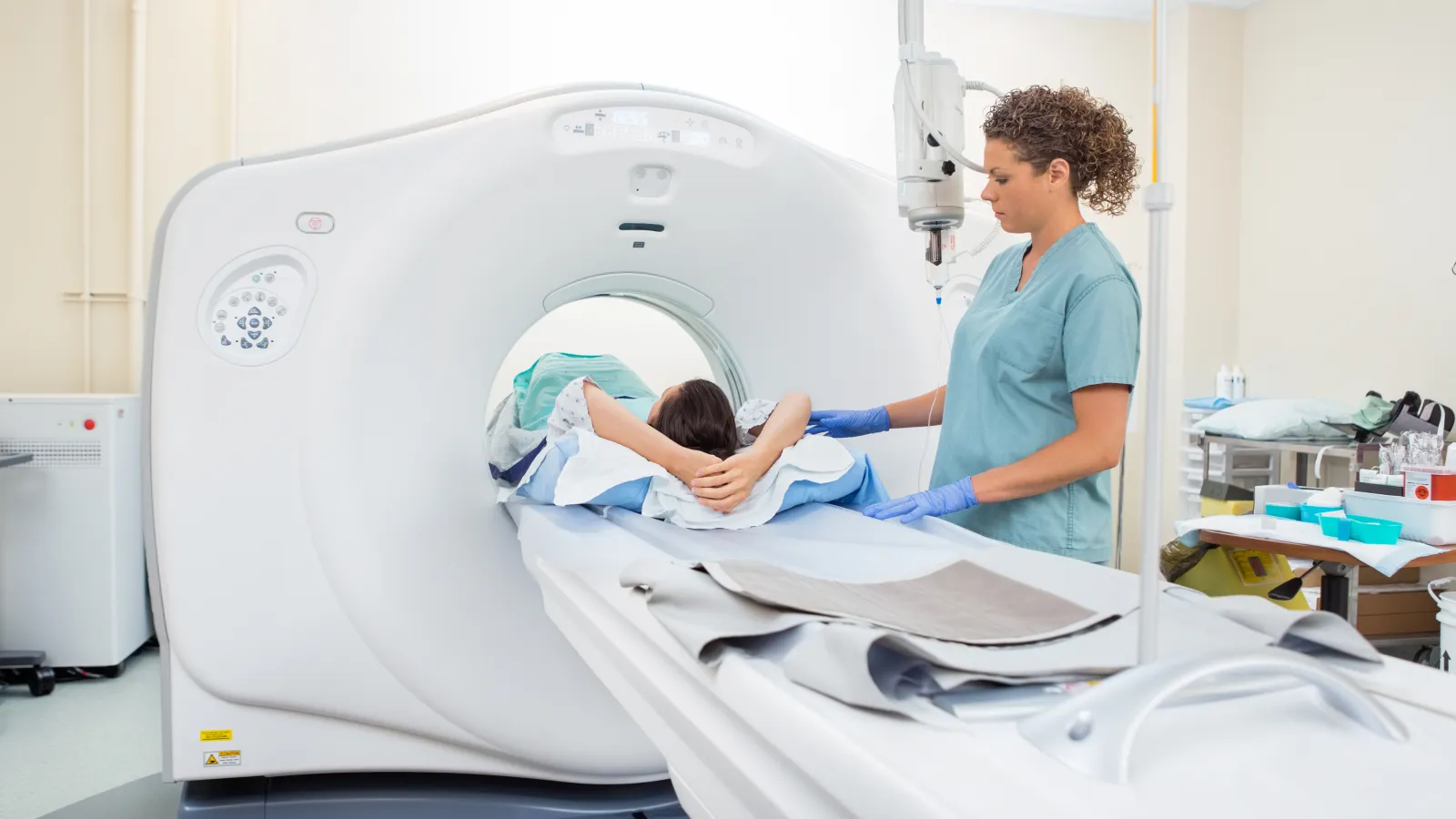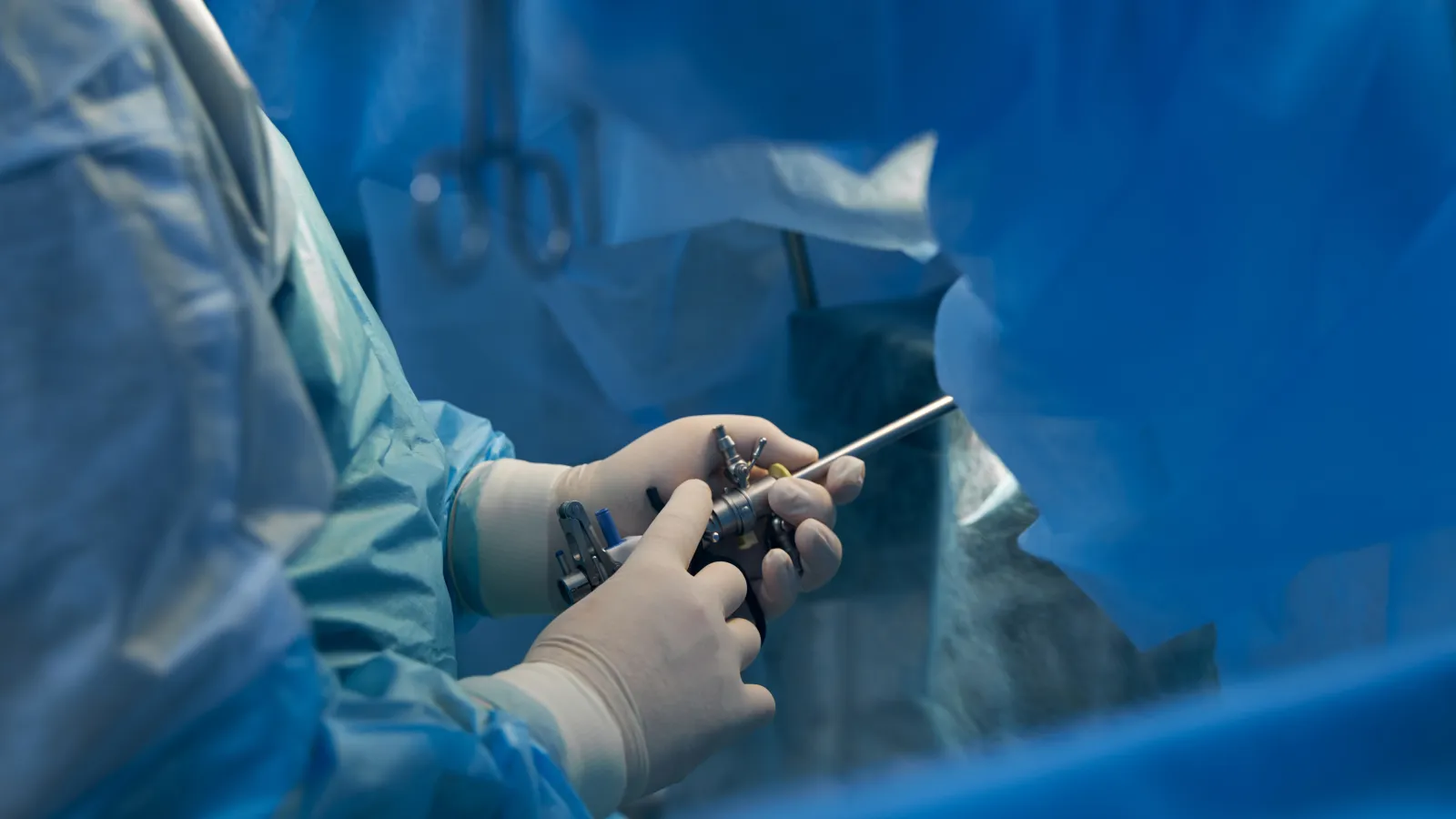Pelvic Pain Treatment for Women in Atlanta
What is Pelvic Pain
In Women?
If you're experiencing ongoing pelvic pain, it's important to seek medical evaluation to identify the underlying cause and receive effective treatment.
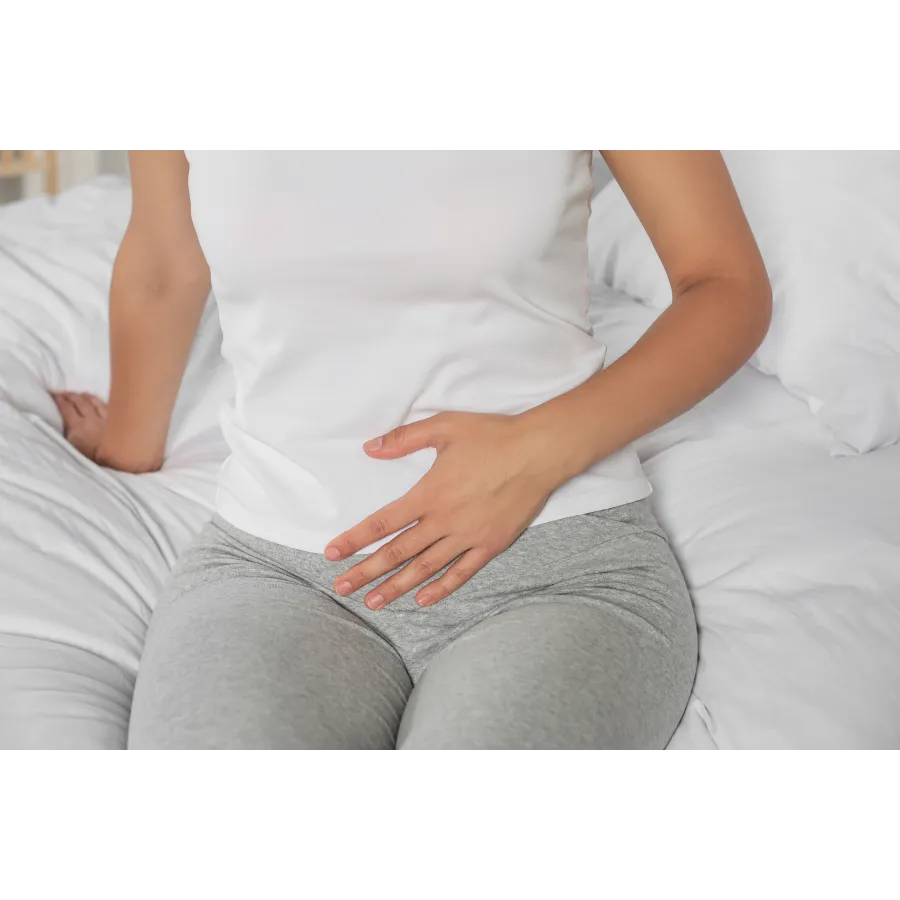
Symptoms Associated
With Pelvic Pain
Medications
- Antibiotics: For pelvic pain caused by infections like UTIs or PID, antibiotics can help eliminate the infection and relieve symptoms.
- Pain Relievers: Over-the-counter or prescription pain relievers can help manage pain and discomfort.
- Hormonal Treatments: Birth control pills or other hormonal therapies can be used to treat conditions like endometriosis or fibroids by regulating hormone levels and reducing pain.
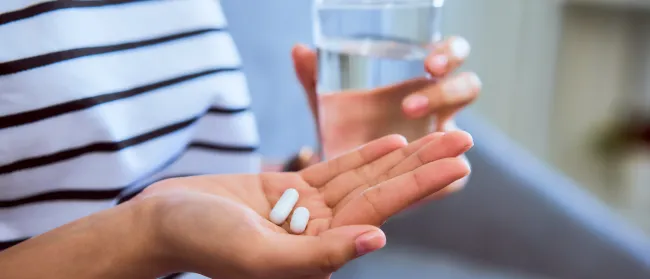
Pelvic Floor Physical Therapy Or Lifestyle Modifications
In some cases, making simple lifestyle changes—such as improving diet, reducing stress, or avoiding bladder irritants like caffeine and alcohol—can help manage pelvic pain.

Minimally Invasive Surgery
Bladder Instillations and Hydrodistension
For women with interstitial cystitis, treatments such as bladder instillations (medication applied directly to the bladder) and hydrodistension (a procedure that stretches the bladder) can help reduce pain and improve bladder function.
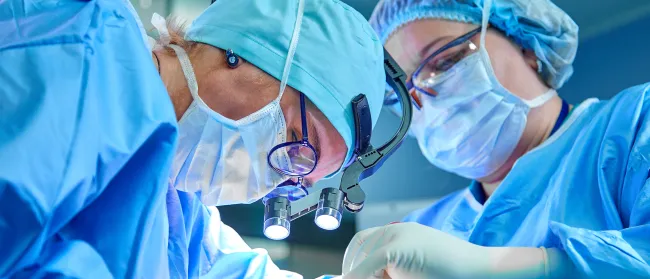
Get Relief From
Pelvic Pain Today
Don’t wait to get the relief you need. Contact us today to schedule a consultation and take the first step toward a pain-free life.


